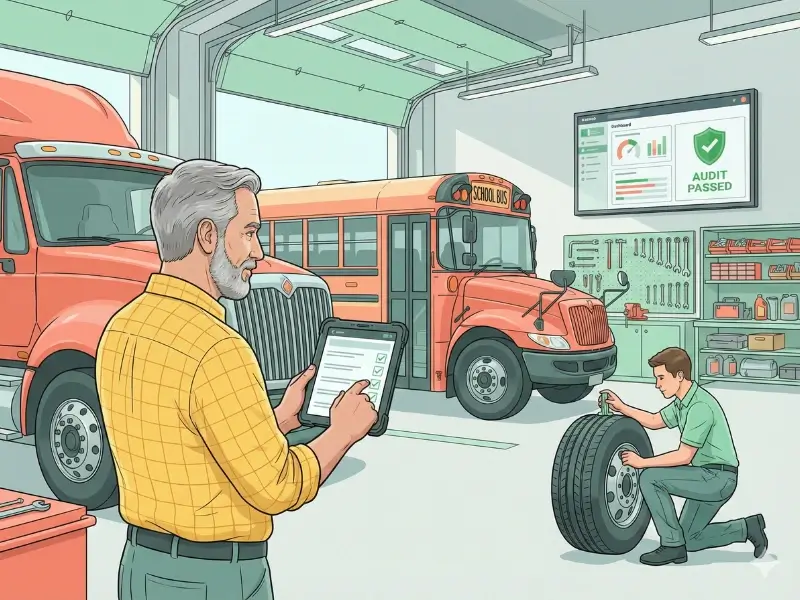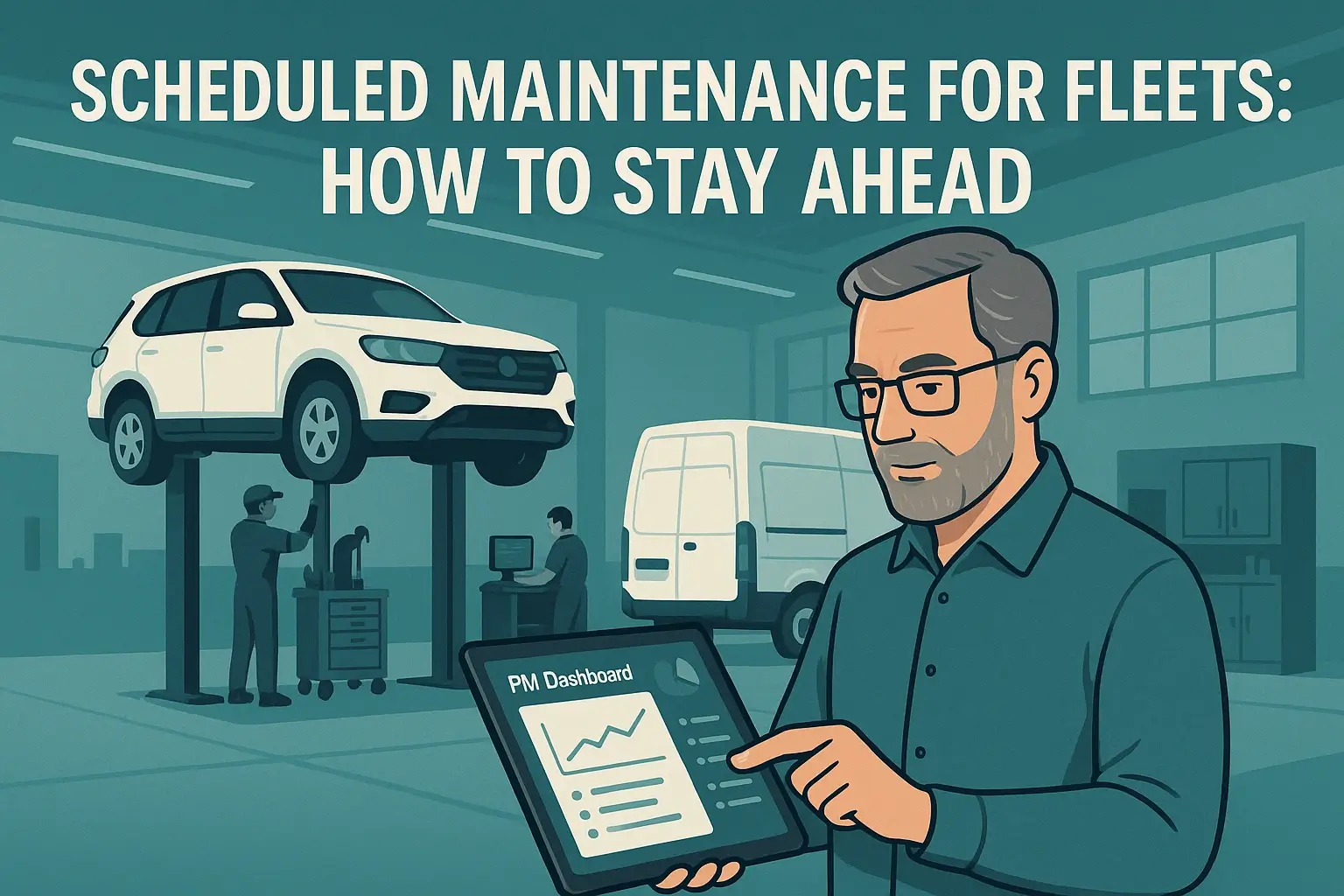Key Takeaways
During the COVID-19 crisis, the automotive industry was hit by two main issues: the shutdown of its manufacturing base and the disruption of supply chains.
As a result, issues in supply chain caused parts prices to soar in 2020 and 2021. Coupled with rising maintenance costs, this led to an even greater rise in maintenance costs & fleet costs.
Operating vehicles beyond their scheduled repair cycles has been one of the main factors leading to an increase in unplanned vehicle repairs, which increases overall vehicle repair costs and cost of ownership for the entire industry. Additionally, labor rates are rising because there aren't enough skilled mechanics available to meet demand.
Lets look at some of the factors that are affecting the cost of maintaining a vehicle and their trend by the end of this year 2022
Increase in price of tires:
Prices for tires are expected to continue increasing in the years 2020 through 2023. With the global economy recovering and the demand for trucks and cars rising, the need for truck and tire supplies is increasing every single year. There are still long delays in the delivery of tires across the globe, especially in shipments from China, where several regions are now under quarantine due to the coronavirus outbreak. Apart from the increase in other raw materials, another reason for the price increase is the price of the crude oil. Crude oil is the main raw substance that’s used to produce synthetic rubbers, which are used to manufacture tires.
Tire wear and tear is the most common reason fleets replace tires and the costs for replacing them are the third highest contributor to the increase in overall vehicle cost that fleets see today. The average fleet spends $1,000 per vehicle annually on replacement tires.
Besides rising oil and gas costs, the cost of transporting tires from factories or ports to distribution centers and retail outlets has risen because of soaring diesel and gasoline costs. These costs are then being passed onto consumers.
Furthermore, many inexpensive replacement tire imports come from Asian nations, which increases the prices of imported replacements.
Unavailability of spare parts & Higher labor rates
Computer chip shortages affect not just computers but also phones, cars, planes, and even toys. Wires, plastic parts, and glass are becoming scarce for automakers. Automobile parts and repairs face widespread operational challenges, including increases in prices for raw materials and labor shortages.
Every garage is affected whether franchise dealers get their parts from the major automakers, independent warehouses, or small corner garages. Back-order lead times range from one day to several weeks.
When it comes down to it, these parts limitations are causing repairs to take longer than expected, which means they're taking longer than planned and increasing the time spent in transit.
As labor costs increase, they've increased for several years now, and they're expected to keep increasing through 2022 because of shortages of skilled workers and rising inflation.
There is fierce competition among dealership repair shops, independent auto repair shops, and fleet car wash operations for the limited supply of skilled mechanics. This competition pushes up labor costs even higher.
Extended life of vehicles
Because of how hard and expensive it has been to source new cars, some older models have continued to be used even though they're due to be replaced by newer models.
If you extend a car's average mileage by one year or two years, you're going to need to perform more unscheduled maintenance than if you hadn't extended its lifespan.
Older vehicles tend to incur higher repair costs because they operate for longer periods than newer models.
Many fleets are more likely to opt for expensive repair options such as replacing drive trains rather than investing in cheaper options such as fixing worn tires. They are forced to pay for expensive repair costs because they don't have any other option.
It's important to replace worn parts before they fail so that they don't cause an unexpected repair bill. If you delay a vehicle's scheduled repairs, you're likely to incur extra costs for unnecessary replacements. For example, if you wait until the brake pads need to be changed, you may end up paying $500 for brake pads when they could have been changed at half the cost had you bought them when you first needed them.
How can fleet managers tackle these challenges?
Fleet Management software or Fleet maintenance software will force managers to use assets more strategically. By ensuring that assets remain in service long enough to have an even life cycle, fleet management companies can spend less time and money on repairs.
Fleet companies of all fleet sizes must classify their fleets into different groups according to their relative value and ensure they maintain spare parts for each group.
Fleet managers can utilize fleet tracking solutions to keep digital records of fleet vehicle data and analytics. These tools allow fleet managers to monitor the performance of each vehicle in real time and provide insights into where a vehicle might be having problems. For example, fleet managers can identify whether a particular vehicle needs additional maintenance based on its usage patterns. They can also see if a vehicle is exceeding its maximum miles per day, indicating that it may require repair sooner rather than later. Fleet managers can increase their decision-making capabilities by using digital data trends to identify which vehicles and equipment are more likely to fail soon, so they can perform preventative maintenance accordingly.
Companies can shift from time-to-time preventive to usage-oriented prevention to save money. Telematics and data analytics give usage-oriented preventive maintenance an edge.
A proactive maintenance strategy will help your business run efficiently, reduce downtime, and save you money from costly repairs. Preventive maintenance reduces the frequency of breakdowns and helps extend the life of the equipment. For example, any best app for vehicle maintenance provides a regular vehicle inspection schedule to help ensure that engines perform well throughout their lifespan.
Related Posts
- Maximizing Vehicle Lifespan: A Cost-Effective Approach to Fleet Maintenance
- Planning Preventive Maintenance: A Simple Guide to Keep Your Assets in Top Shape
- A Practical Guide to Using Fleet Maintenance Metrics
In conclusion, fleet management software provides many benefits to businesses. It allows managers to make better decisions regarding asset allocation and maintenance schedules. It also enables them to track the location of every vehicle and equipment in real-time. This information can be used to improve customer satisfaction, reduce downtime, cut maintenance costs, and thus reducing TCO.



.png)








.png)


.png)









